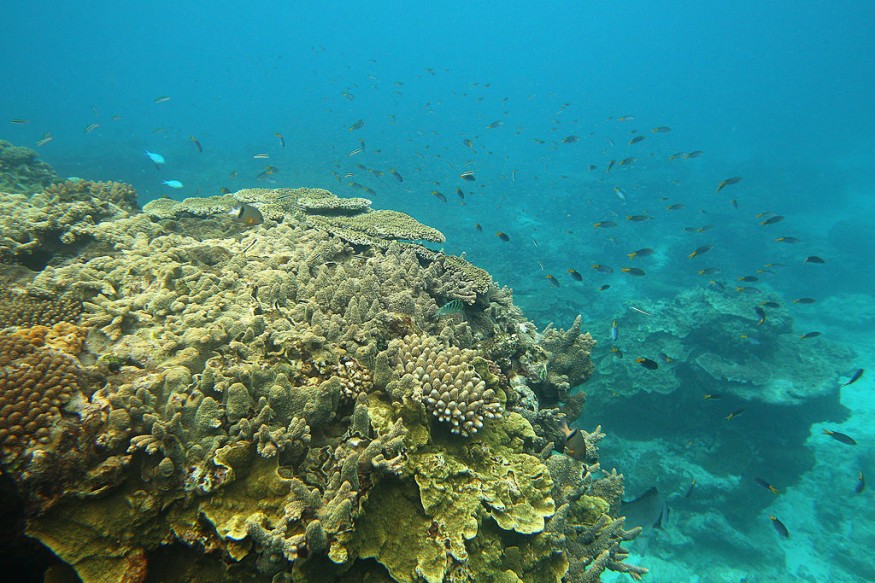The latest report revealed the discovery of a new species of coral fish in the Great Barrier Reef's waters. The researchers found the Lady Elliot Shrimp Goby with the scientific name of Tomiyamichthys elliotensis.
The Great Barrier Reef is home to known and unknown marine species. Experts also monitor the said reef for habitat loss, climate change effects, overfishing and pollution.
In addition, the new identifying tools and technology have significantly helped researchers to unveil new species.
New Coral Reef Fish Species

As a result, discovering new species is good news for marine scientists in the area. The study findings were published in the Journal of the Ocean Science Foundation.
With genetic comparison, the study can unearth and identify previously unknown fish. Understanding the fish habitats and connections can save them from the brink of collapse or extinction.
Researchers from the University of the Sunshine Coast were mapping the Lady Elliot island in the Great Barrier Reef. Then, they discovered an unfamiliar fish species.
In addition, the species was identified as new to science. The coral reef fish is also known as Lady Elliot Shrimp Goby or the Tomiyamichthys elliotensis. The fish is small and recognizable with their white and brownish spots over their body.
As a result, protecting the reef from threats and human stressors is crucial to many species in the Great Barrier Reef.
Dr. Mark Erdmann, the study's co-author, explained that the fish can be likely overlooked due to their small appearance and cryptic behaviors. Dr. Erdmann is also a fish taxonomist.
While the fish is small, it plays a crucial role in the marine ecosystem. It is a vital source of nutrients for other larger marine animals.
With increasing climate change and extreme weather concerns, protecting fish in the Great Barrier Reef is crucial.
Dugong declining population in the Great Barrier Reef
The dugong species is considered vulnerable in the IUCN Red List of Threatened Species. Researchers from the James Cook University (JCU) monitored the alarming decline of the dugong population in the Great Barrier Reef due to climate change and significant seagrass loss.
Based on the aerial surveys, the reports have shown the declining trend of the dugong population. Researchers discovered the dugongs with few calves along the Whitsundays to Bundaberg.
In addition, seagrass is an essential source of food for them. The lack of seagrass in the region can greatly affect the health and survival of dugongs. The animal can suffer from starvation.
Climate change-induced extreme weather events can devastate seagrass habitats, making it more challenging for dugongs to thrive. The slow reproduction of the said animal can cause serious concerns for conservation efforts.
Dugongs have also suffered from habitat loss, pollution, fishing gear entanglement and warming event.
Relatd Article : Alarming Whale Deaths in Northeast Blamed For Climate Change, Vessel Collisions, Fishing Gear Entanglement
For more similar stories, don't forget to follow Nature World News.
© 2025 NatureWorldNews.com All rights reserved. Do not reproduce without permission.





